In this article, I will give you an idea of how to buy the right force sensor for your Applications.
What are Force Sensors??
Force sensors are devices that are designed to translate applied mechanical forces, such as tensile and compressive forces, into output signals whose value can be used to reflect the magnitude of the force.

Force sensors are available in a wide range of sizes and can be used to detect forces from fractions of an ounce to hundreds of tons. They are used in a wide range of products and applications such as bathroom scales, musical instruments, medical applications, automobiles to detect seat occupancy, and process control in manufacturing facilities, to name a few of the many uses for these devices.
Types of Force Sensors
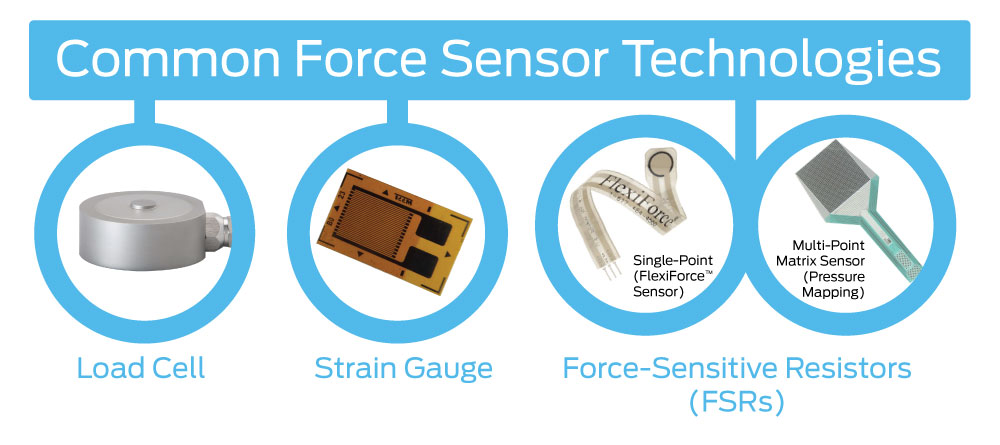
Several different types of force sensors exist, each of which makes use of different technologies to sense the magnitude of a given force and create an output signal. The most common types of force sensors include:
Load Cells & Strain Gauges
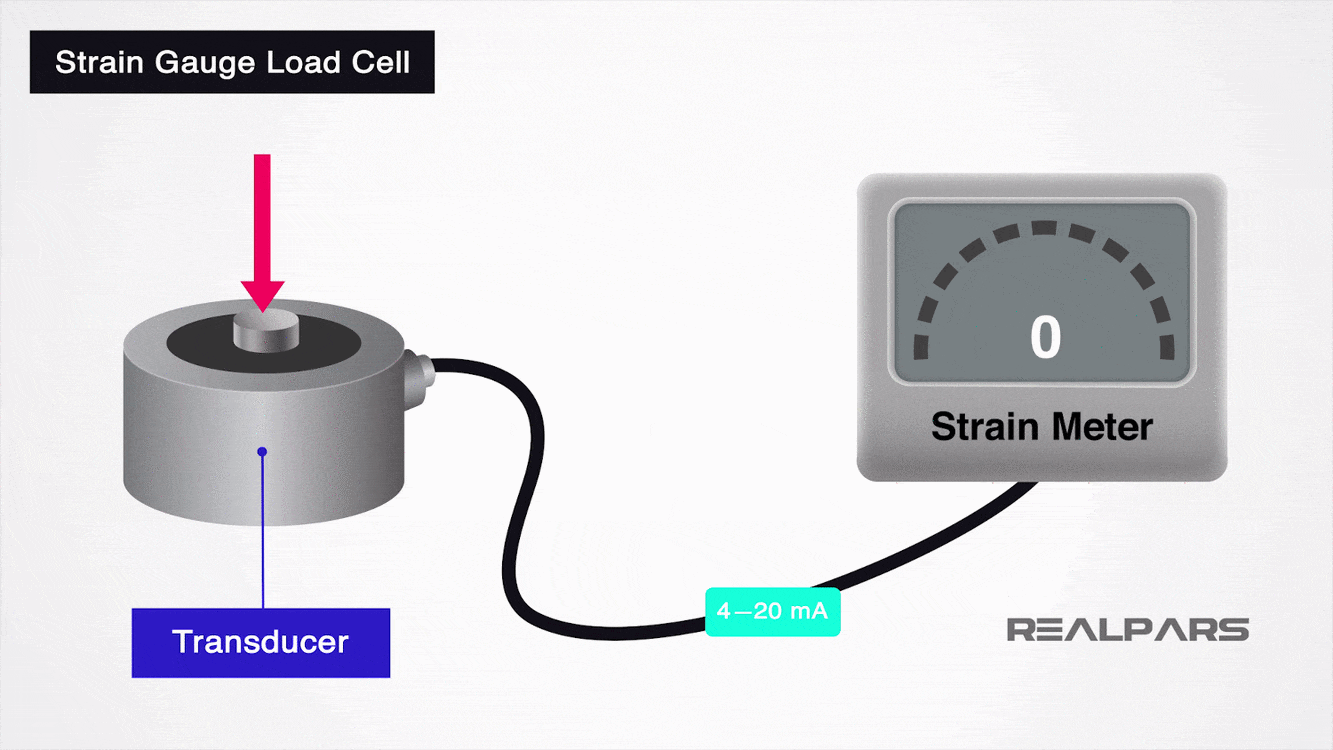
The above Gif shows how the strain Gauge Load cell operates. Strain gauge load cells usually feature four strain gauges in a Wheatstone bridge configuration, which is an electrical circuit that balances two legs of a bridge circuit. The force being measured deforms the strain gauge in this type of load cell, and the deformation is measured as change in electrical signal.
Force Sensing/Sensitive Resistors (FSRs)
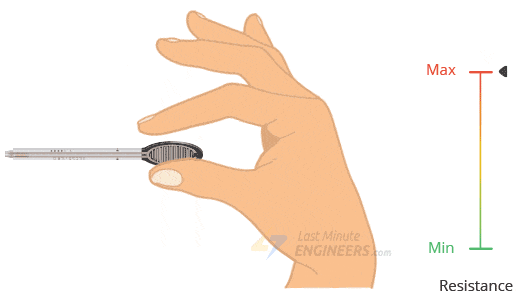
FSR is basically a resistor that changes its resistive value depending on how much it has been pressed. When there is no pressure, the sensor looks like an infinite resistor (open circuit). The harder you press on the head of the sensor, the lower the resistance between the two terminals will be, but as you remove the pressure it will return to its original value.
Force sensors come in different sizes and with different measuring ranges, here are few steps you can go through to find the best force sensors suitable.
We sell different kinds of force sensors for measuring different ranges of weights/force. For example from 0-500gms up to 30kg force with different shapes.

Before getting into the detailed steps of the force sensor selection, I will give you a brief idea of what unique force sensors will sell.
| SL No. | Name | Measurable Force | Specifications | Links |
|---|---|---|---|---|
| 1 | 0-500gm Force & Pressure Sensor | 0 to 500gms | Thickness: <0.25mm Precision: ±2.5%(85% measuring range) Repeatability: <±5.8(50% load) Lifespan: >1million times | Visit |
| 2 | 0-2 kg Force & Pressure Sensor | 0 to 2 Kg | Thickness: <0.25mm Precision: ±2.5%(85% measuring range) Repeatability: <±5.8(50% load) Lifespan: >1million times | Visit |
| 3 | 0-5kg Force & Pressure Sensor | 0 to 5 Kg | Thickness: <0.25mm Precision: ±2.5%(85% measuring range) Repeatability: <±5.8(50% load) Lifespan: >1million times | Visit |
| 4 | 0-10 kg Force & Pressure Sensor | 0 to 10 Kg | Lifespan: >1million times Initial Resistance: >10M(no load) Response Time: <1ms Restore Time: <15ms | Visit |
| 5 | 0-20 kg Force & Pressure Sensor | 0 to 20 Kg | Thickness: <0.25mm Precision: ±2.5%(85% measuring range) Repeatability: <±5.8(50% load) Lifespan: >1million times | Visit |
| 6 | 0-30 kg Force & Pressure Sensor | 0-30 Kg | Thickness: less than 0.60mm Response point: less than 200g Test voltage: dc3.3v typical Response time: less than 1ms Recovery time: less than 15ms | Visit |
| 7 | 20 g - 6kg Force & Pressure Sensor | 20g - 6Kg | Trigger: 20 g, Default Resistance <200 kΩ Thickness: 0.4mm Not trigger resistance: > 10MΩ Activation time: <0.01s Delay: +10%, (RF+-RF-)/FR+,1000g force | Visit |
| 8 | 20g - 10 kg Force & Pressure Sensor | 20g - 10 kg | Thickness: 0.45mm Not trigger resistance: > 10MΩ Activation time: <0.01s Delay: +10%, (RF+-RF-)/FR+,1000g force Response time: < 10ms | Visit |
Define Your Application and Operating Environment
Before buying a force-torque sensor, you need to decide what tasks you are going to use it for. Of course, you may use the sensor for other tasks later on, but we’ve got to start somewhere.
First, ask yourself some questions about your application:
- Will you require multiple sensors?
- Do you need to measure dynamic forces, static forces or both?
- For how many axes do you want to measure force?
- Where will the sensor be fixed?
- What aspects of the force data are most important to your applications?
- What is the smallest force change the sensor should be able to measure?

Then, think about the working environment where the force sensor will operate:
- Will there be a lot of electrical noise in the environment?
- Are there any extremes of temperature, humidity, atmospheric pressure, etc?
- Will the environment itself be subject to movement (e.g. vibrations)?
- Will the environment be clean or will there be a large amount of dust?
- What other aspects of the environment might affect the sensor’s operation?
Define Your Current Resources
After you have defined your applications, you should assess your own resources. These will affect which force-torque sensor you choose. For example, space restrictions will determine the maximum size of the sensor. Time restrictions will determine whether or not you require a more “plug and play” type sensor.
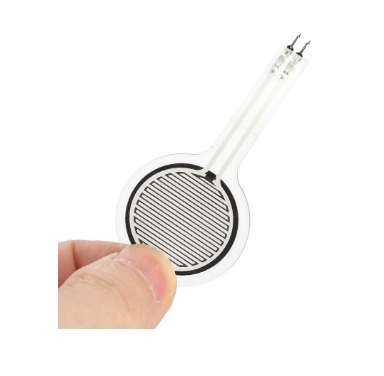
Be realistic about the number of resources you can devote to integrating the sensor into your existing systems. For example, some sensors might require you to add low-level electronics (e.g. analog circuits or TTL). These will take longer to integrate than sensors which include their own electronics.
- How much of a budget do you have available for the sensor?
- What electrical interface options can you already support?
- Do you need a force-torque sensor with integrated electronics?
- How much time and work can you devote to the integration of the sensor?
- What are the limits for the mechanical interface and size of the sensor?
Balance Your Specifications
As with many engineering decisions, choosing between different products is a balancing act. Products with better technical specifications usually cost more. Sensors with high performance in one specification might have low performance in another.
Do you really need the best sensor or can you sacrifice a bit of performance? Which specifications are vital to your application? Which can you live without? Take time to work out what performance you will actually require of the force-torque sensor.
List each specification in order of preference. Some specifications will be vital for your application, others will be less important. Here are a few of the most important specifications for force-torque sensors.
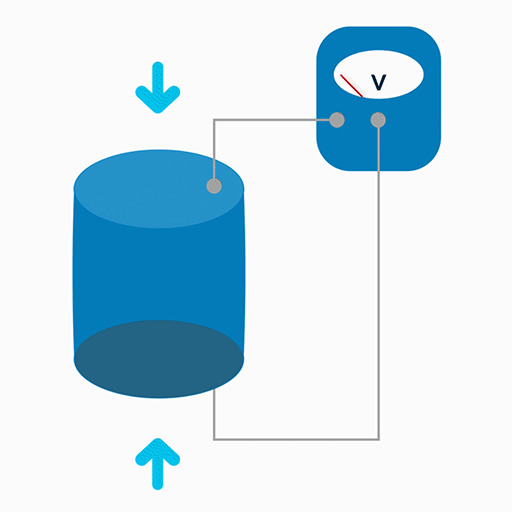
Force and Torque Measuring Range – This is the range of force and torque that the sensor can measure. They are often listed separately on manufacturer datasheets. To choose this value, calculate the highest force which you will want to measure in all directions. Don’t forget dynamic forces! These are higher than static forces and dependent on the velocity of impact.
Maximum Overload Capacity – This value represents the force that will provide permanent damage to the sensor. You really don’t want to be applying forces that are even close to this value.
Frequency/Maximum Data Output Rate – The Maximum Data Output Rate defines the maximum sampling frequency of the sensor. This determines how often the sensor can provide new force data. Work out which frequency you require for your application and choose a force-torque sensor that can supply at least this frequency.
Precision – There are three different specifications for precision that can be applied to force-torque sensors: Resolution, accuracy and repeatability. The most common to see on datasheets is Resolution, which is the minimal change in force that the sensor can measure.
Sensing Technology – There are many technologies used for measuring force, including piezoelectric, resistive and hydraulic. Some technologies are more suited to particular applications and environments than others. Traditionally, most multi-axis force-torque sensors use strain gauge technology.
Applications of Force Sensor
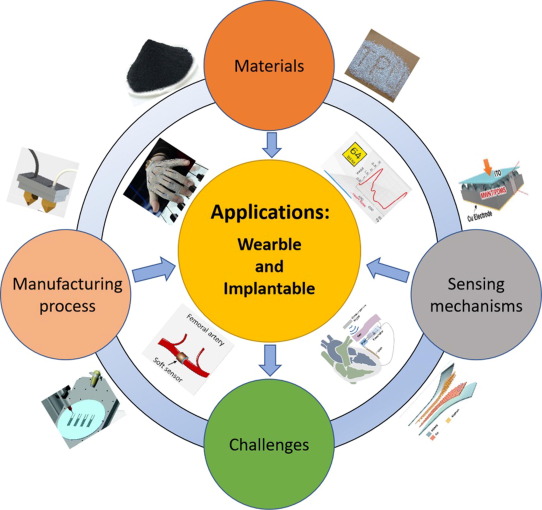
The main usage of the Force sensor is to measure the amount of force applied. There are various types and sizes of force sensors available for different types of applications. Some of the applications of Force sensor that uses force-sensing resistors include pressure-sensing buttons, in musical instruments, as car-occupancy sensors, in artificial limbs, in foot-pronation systems, augmented reality, etc.